Did The Vikings Paint Their Faces
Have y'all ever wondered what kind of colors were used in Scandinavia during the Viking Age, and which kind of materials they extracted the colors from? If and so, then proceed reading, and y'all will be able to add the authentic Viking colors to your own palette.
The colors we are going to accept a wait at are those that were used on forest and other similar objects. None of these colors were used for fabric product.
Nosotros know of 17 different colors that were used, these colors have been establish by examining pieces of wood from King Gorm's burial site in Jelling, and a plank from a stave church in Hørning, Denmark.
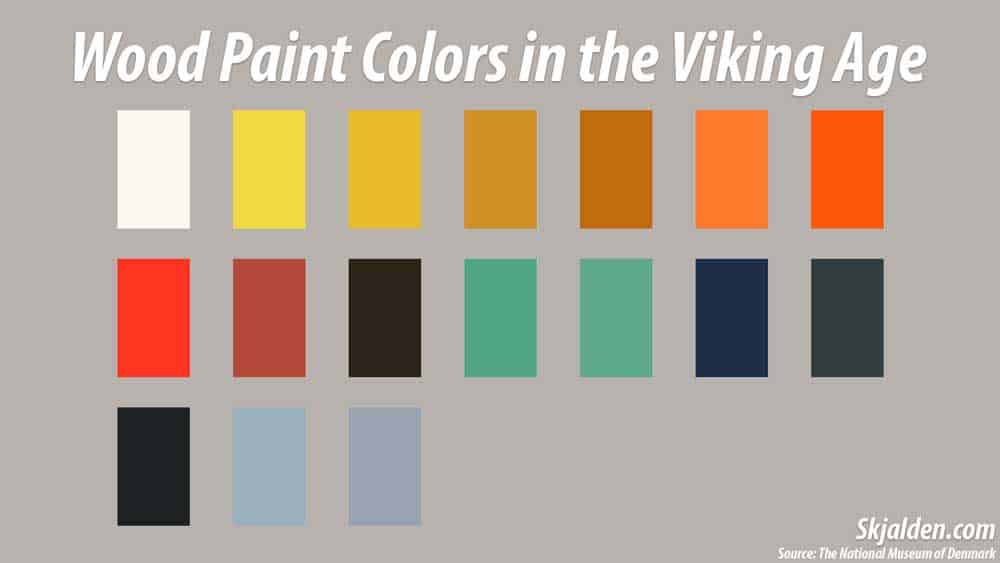
The examinations have shown that the Vikings used bold and bright colors. These bright and beautiful colors were probably a status symbol and used in gild to stand out from the rest, something that seems to have been common practice.
The clothes they wore and houses that they had would have shown everyone that this family was having enough wealth to color their belongings in some of the most expensive and rare colors bachelor.
The color pigments came from various sources, for instance, ochre and charcoal, which were mixed together with a binding material such as milk, egg, or linseed oil.
Some colors were rarer than others, and some were produced locally while others were imported. The cheapest color was black, and it was fabricated from crushed charcoal, something that most people would accept had access to.
Notice how similar the words are in all of the Scandinavian languages. Many of the words are too shut to Old Norse, which enables most people to read and understand some or parts of the erstwhile texts.
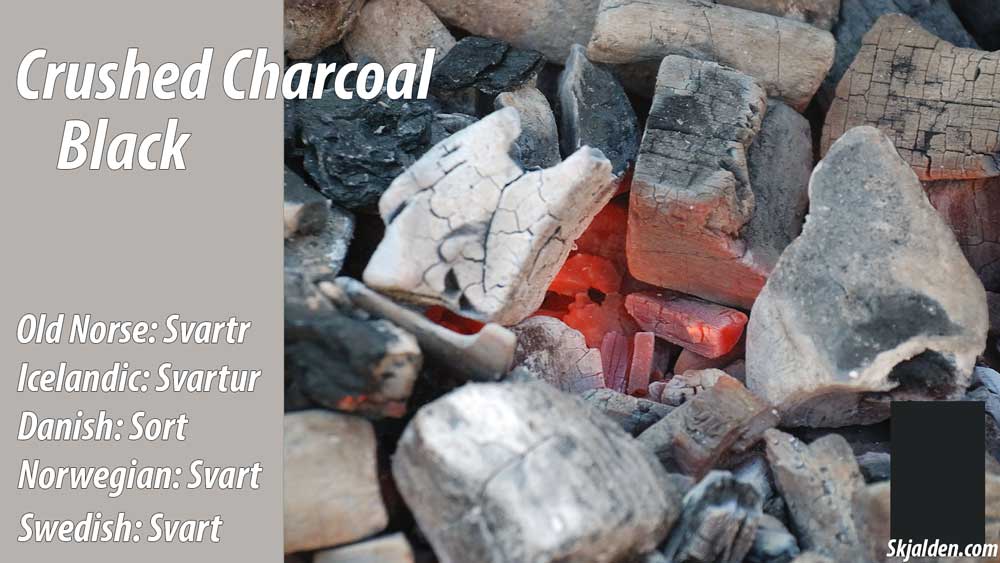
Another common color was chocolate-brown which was fabricated from ochre pigments, these could be found in streams, and then perhaps they found a couple while fishing or bathing.
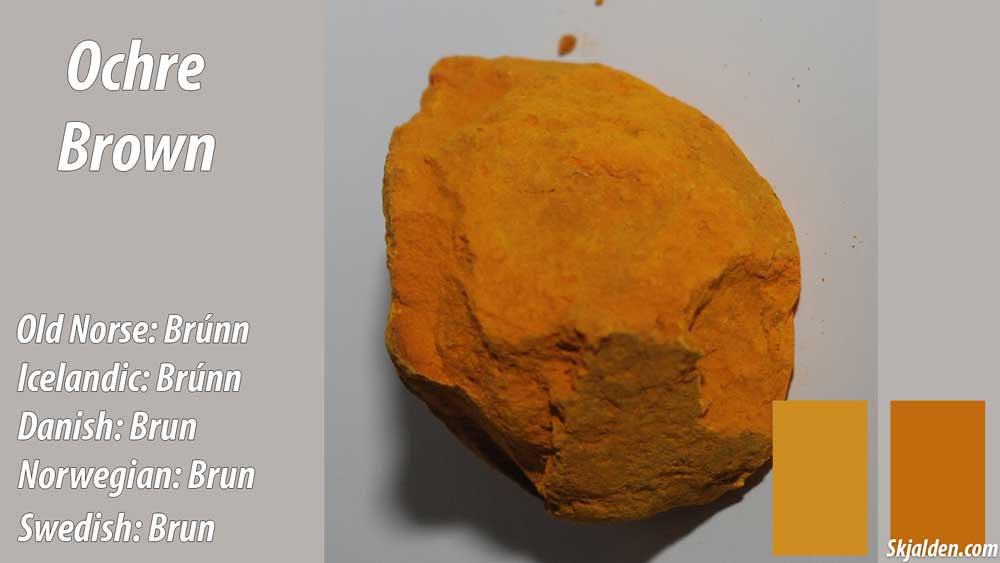
The brighter yellowish color had to be imported since these orpiments practise not occur in places such as Denmark. They were probably purchased from merchants along the river Rhine or in Constantinople (as well called Miklagárd in Old Norse) since xanthous orpiments could be found in primal Europe and the heart east.
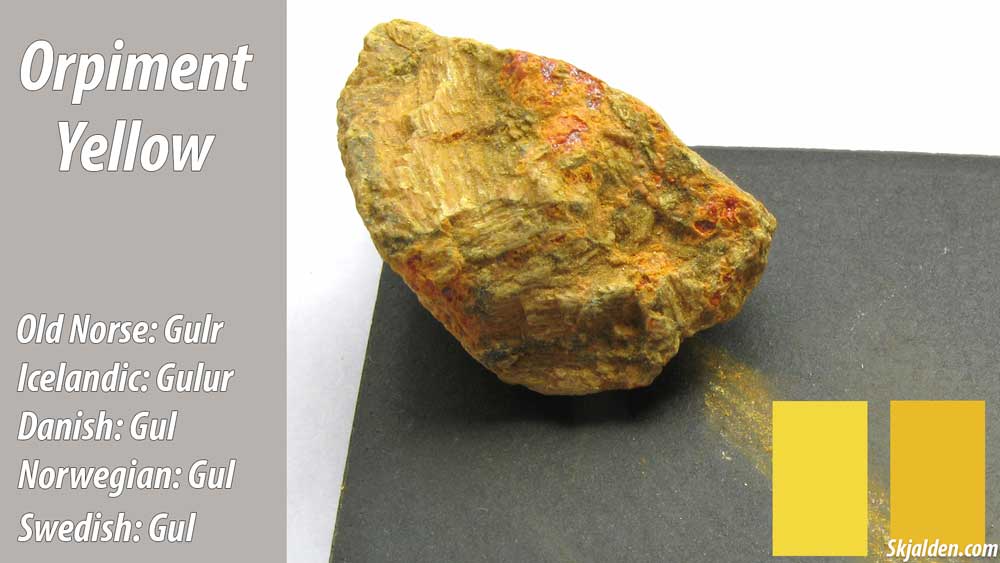
White was quite a common color since white lead was produced and traded in most areas in and outside of Scandinavia. White pb may also have been used past a Völva to paint her face white, and perhaps crushed charcoal was used effectually her optics. A Völva (Danish: Vølve) is a woman who practices shamanism.
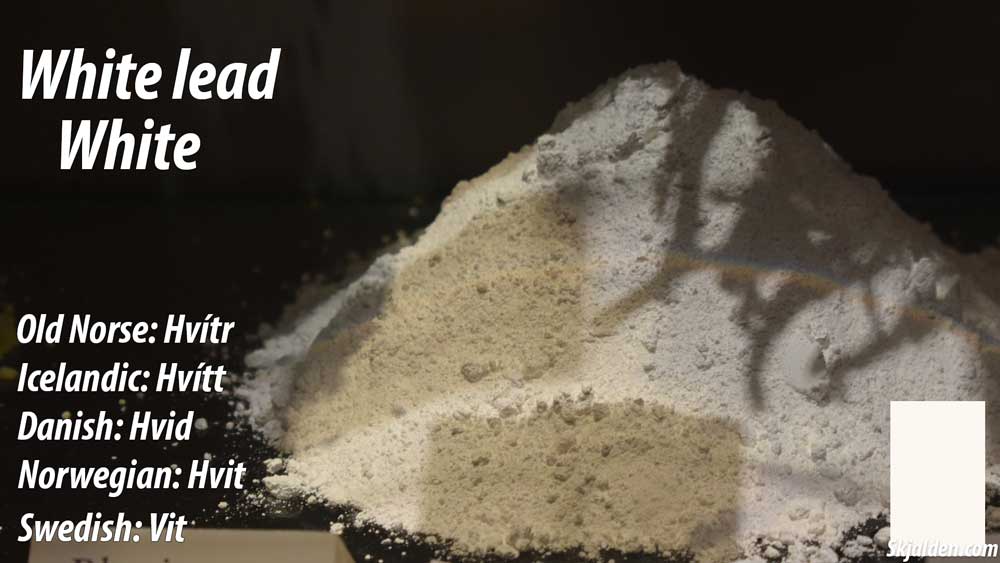
One of the reasons for this assumption of her coloring her confront is that this has too been done in other cultures in Europe, and there take been plant white lead in the grave of a Völva at the Viking fortress Fyrkat, Kingdom of denmark.
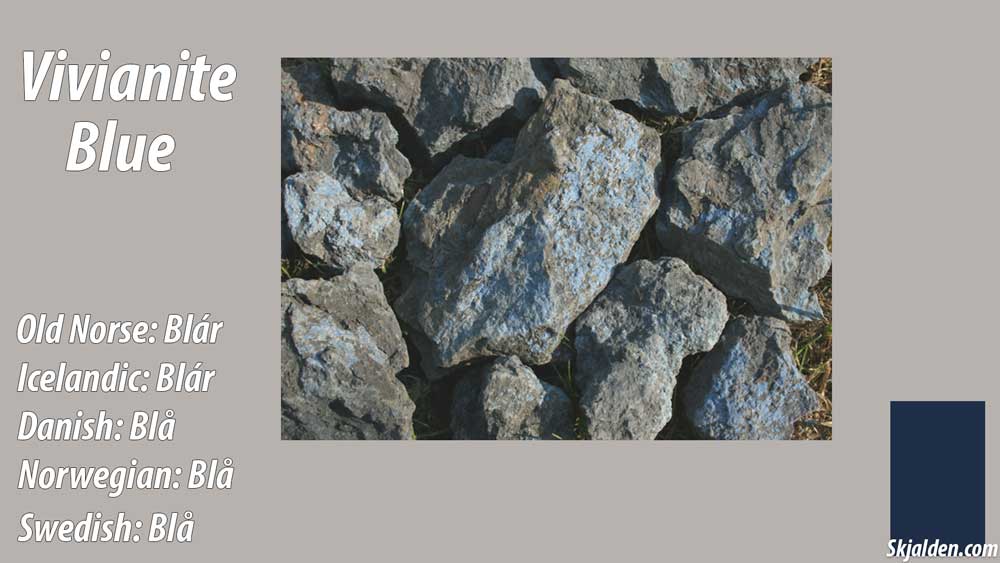
The blue color was fabricated from vivianite, which is an iron mineral that is common throughout Europe, nonetheless, it is unknown if this was considered a inexpensive or an expensive colour in Scandinavia at this time.
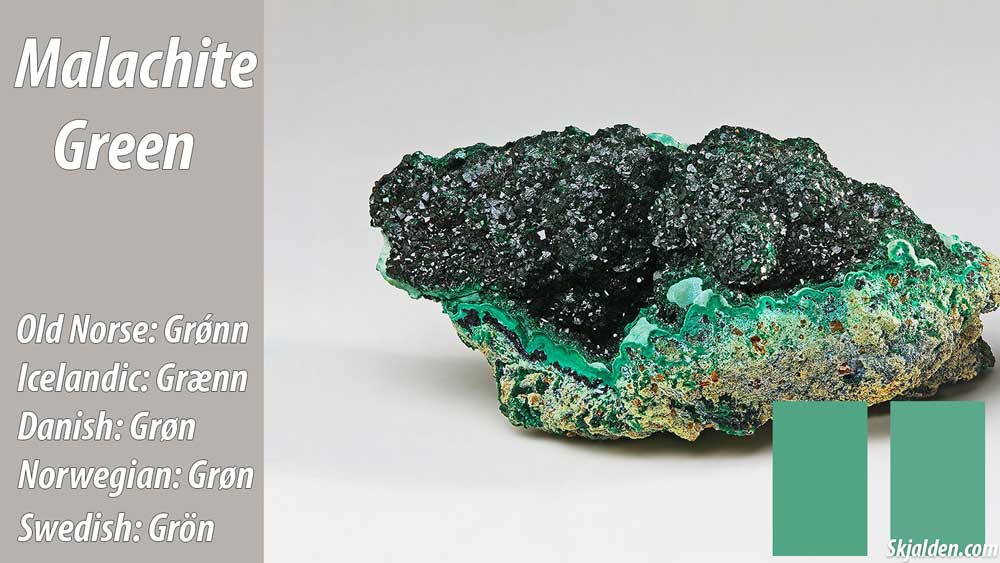
Copper hydroxy carbonate (Malachite) was used to make the color green, it may have been imported to Scandinavia, and would, therefore, take been relatively expensive.
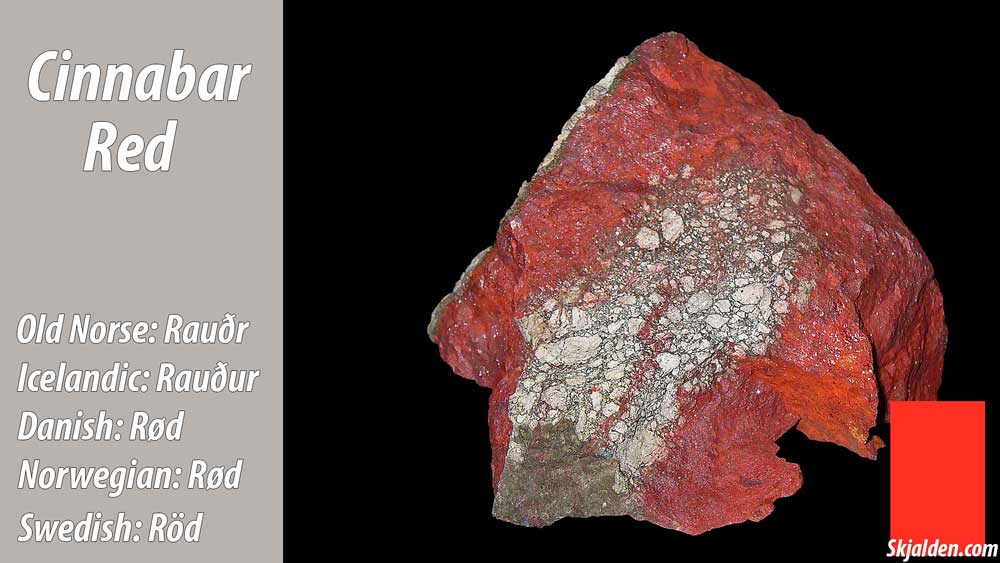
The vivid red color was made from cinnabar, which was imported from Spain or central Europe. This color has been used since the aboriginal by in many areas in Europe, and was quite a popular color.
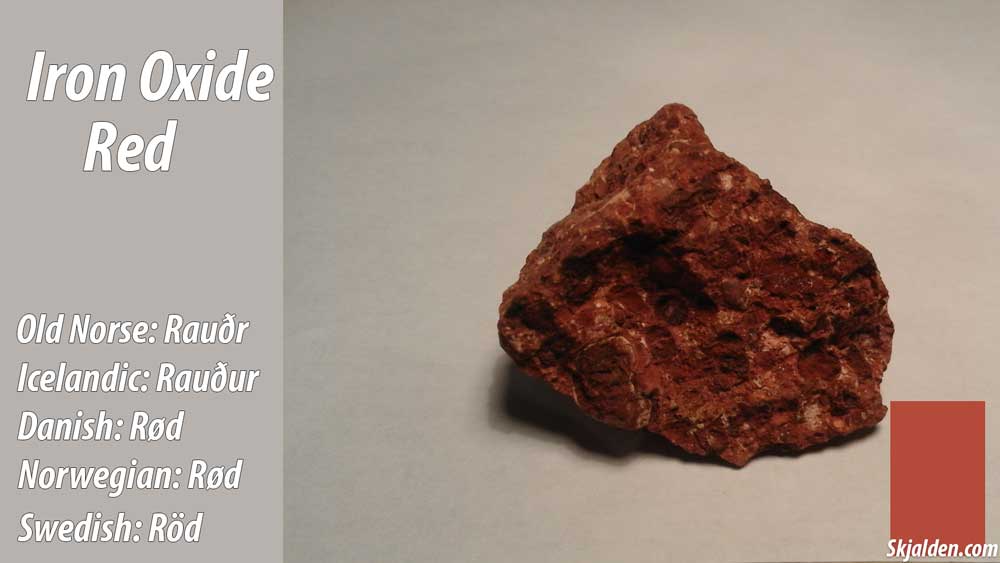
The dark red colour was fabricated from iron oxide, it was a quite common cloth, and probably non that expensive to buy.
Delight go along in mind before you commencement coloring everything that you own with these colors, that the colors may not be exactly right, just they are the closest ones that the researchers have come upwards with to date.
The colors are, in fact, and then close to what colors are believed to have been used by the Vikings, that the imperial Viking hall in Lejre, was on the verge to be painted with the utilise of them, simply as of right at present, it has not been painted, but I hope information technology will happen erstwhile in the future.
If it were to happen the Viking hall might exist painted entirely white with the employ of quicklime, which at that place have been found traces of at the imperial hall in Tissø, but also at this one in Lejre.
The benefits of using quicklime, was probably to assist insulate the building, and have a brighter interior of the business firm during the long and night winters. The white color would also accept been clearly visible in the landscape from afar.
It is possible that white was the base color, and the other colors were used to decorate the house or other objects, for example, pillars that had been carved to depict the gods.
Information technology is too important to recollect that the Viking Historic period spanned over a long period of time, and the colors bachelor, or the way they painted their houses could have changed quite a lot, only call back nigh the interior design of the '60s/'70s or '80s.
Proper name of colors in Former Norse
| Old Norse | English |
|---|---|
| Svartr | Blackness |
| Hvítr | White |
| Rauðr | Red |
| Blár | Blue |
| Bleikr | Xanthous/Pink (A warm colour) |
| Grár | Grey |
| Grǿnn | Light-green |
| Brúnn | Brown (as in the color of a horse) |
| Jarpr | Dark-brown (equally in the colour of a homo with dark-brown hair) |
| Gulr | Yellow (as in the colour of a human with blond hair) |
| Hǫss | Gray or white (equally in the pilus of elderly people) |
| Hárr | Gray or white (as in the hair of elderly people) |
| Source: Dr. Jackson Crawford |
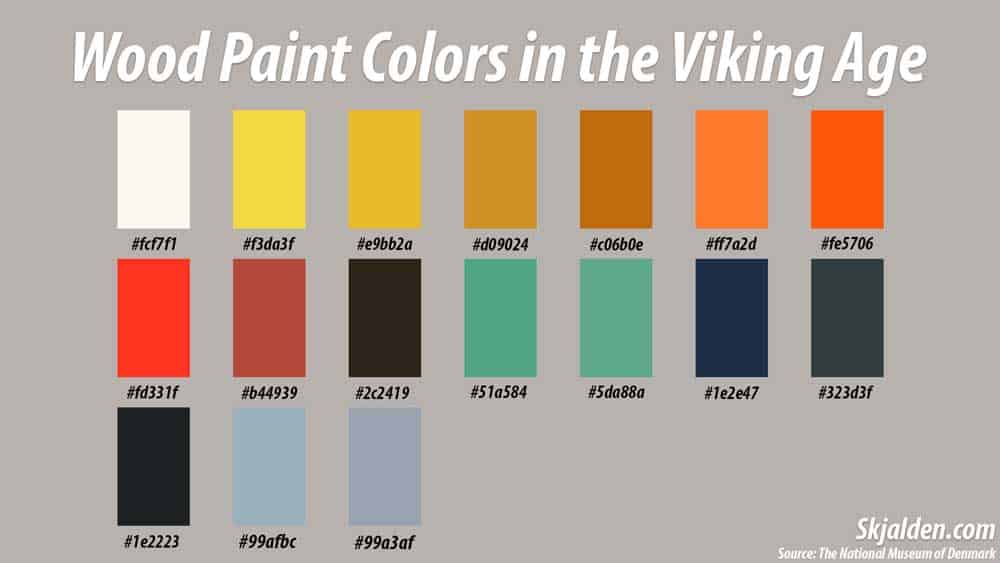
Sources:
Natmus.dk
dr.dk
Jackson Crawford (2017)
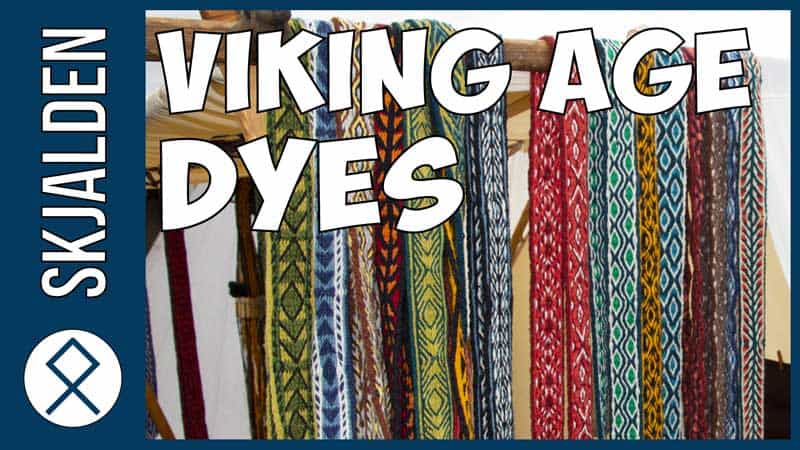
Source: https://skjalden.com/wood-paint-colors-in-the-viking-age/
Posted by: rushtraboy.blogspot.com


0 Response to "Did The Vikings Paint Their Faces"
Post a Comment